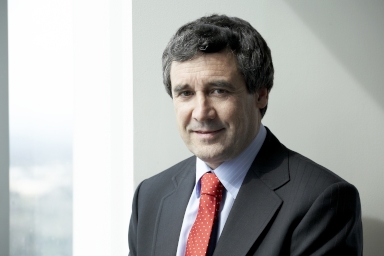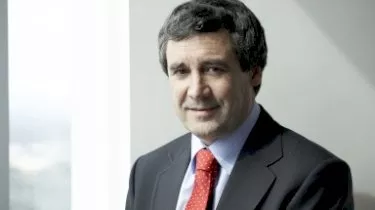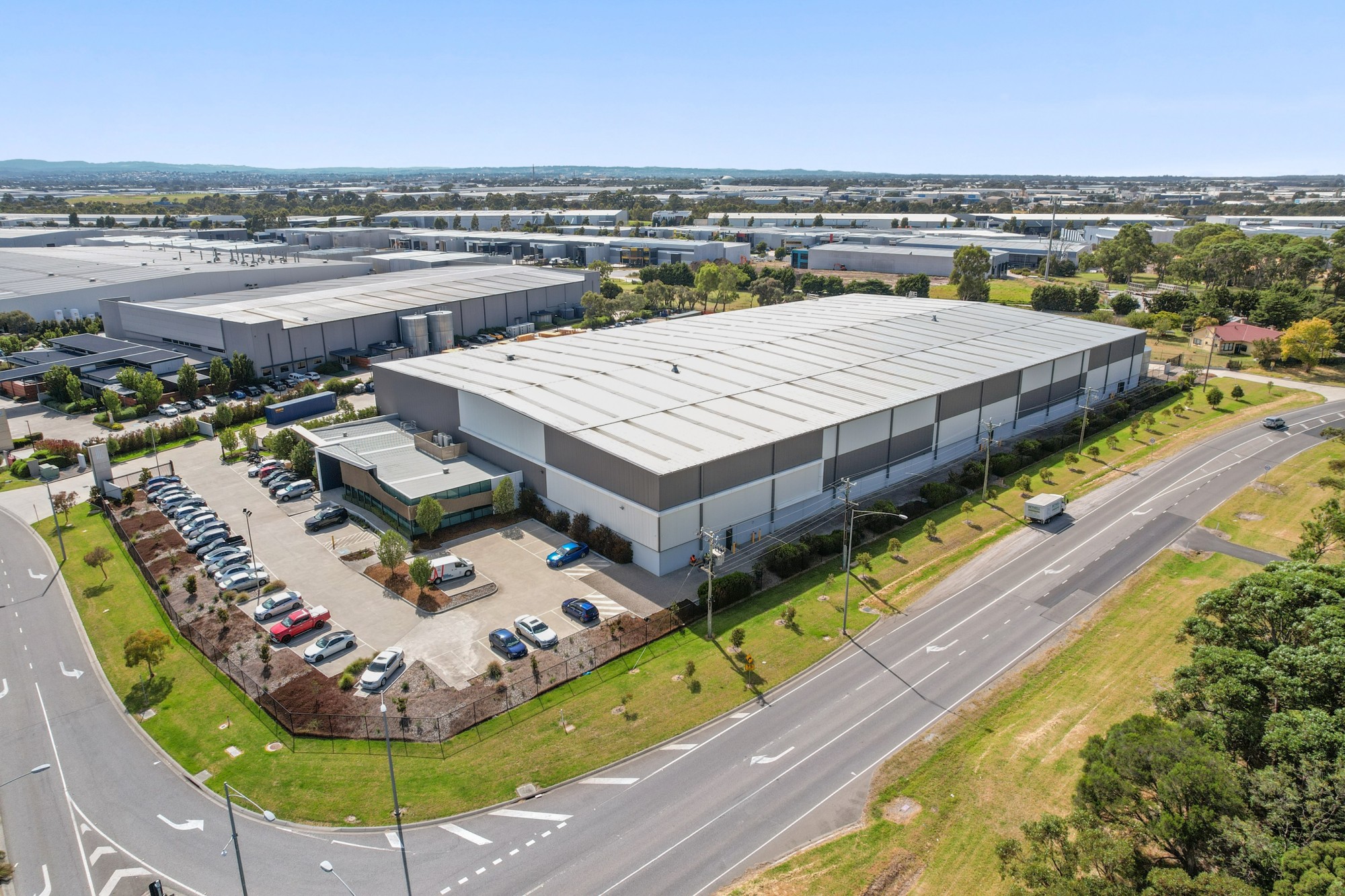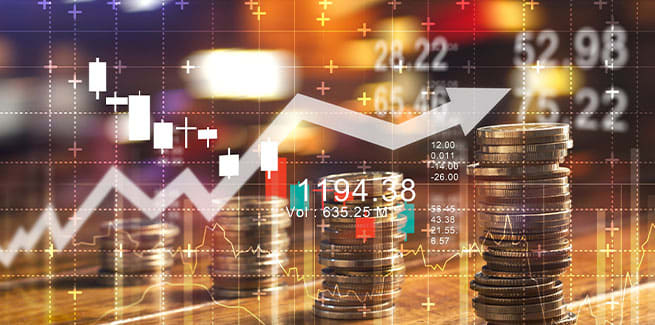Invest
What should I consider when investing in ETFs and managed funds?
Building an investment portfolio for a self-managed super fund can leave some trustees feeling like explorers, trying to find the best route to an uncertain destination – the so-called place for a ‘comfortable retirement’ – but without the help of basic tools like a map and compass.
What should I consider when investing in ETFs and managed funds?
Building an investment portfolio for a self-managed super fund can leave some trustees feeling like explorers, trying to find the best route to an uncertain destination – the so-called place for a ‘comfortable retirement’ – but without the help of basic tools like a map and compass.

With so many paths available to SMSFs, it’s no wonder trustees can sometimes feel overwhelmed when trying to choose the right investments, especially at times like these when blaring news headlines about the market returns raise anxiety levels.
This was reflected in the 2016 Vanguard/Investment Trends SMSF reports, which revealed trustees are finding it increasingly difficult to pick investments amid increasing volatility and less certainty on dividend yields from large-cap Australian equities.
For instance, trustees said on average that 38 per cent of their portfolios are made up of direct shares this year, down from 45 per cent in 2013.

The clear message was that trustees are finding picking individual shares more difficult – particularly when it comes to investing for higher yield – and it is no surprise that SMSFs are again turning to professional fund managers in numbers not seen since the global financial crisis.
On average, 10 per cent of SMSF portfolios are now made up of investments in managed funds, up from six per cent in 2012. While managed funds have long been the go-to method of tapping professional investment expertise, exchange traded funds (ETFs) have been gathering steam in Australia for several years.
ETFs – essentially managed funds that are listed on the share market that commonly are market cap-weighted index funds – make up 3 per cent of SMSF holdings on average, with many trustees using them to gain access to overseas shares or bonds to complement their share portfolios.
How should trustees go about deciding whether managed funds or ETFs are the best tool for their SMSF? Here are four items intrepid trustees, and indeed any investor, can use to check their bearings in the middle of the investing wilderness:
1. Strategy first, then structure
Although it can be tempting for keen investors to rush in and choose investment vehicles (or individual shares) that take their fancy, it’s important for them to pause and consider their investment strategy. In particular the asset allocation that you are comfortable with from a risk perspective. Is exposure to a certain asset class or factor part of your plan? Will it give you the risk/return profile that you are aiming for?
Managed funds and ETFs have many similarities but it is important to understand the differences. Both are pooled investment vehicles, but investors may find that they will not have comparable choices in investment objectives between managed funds and ETFs. For instance, if a managed fund can provide access to a certain asset class or factor but there is no comparable ETF, then an investor’s choice should be straight forward.
Above all, don’t be distracted by investment products with ‘all the bells and whistles’. Make sure it does what you need it to do. The aim is not to invest in the latest trend, but to gain the right exposure.
2. Is it accessible?
When it comes to ETFs and managed funds, accessibility is largely a question of how you are more comfortable getting your money in or out as needed.
For instance, managed funds will often allow investors to make regular payments by direct debit or BPAY, effectively automating the unit-buying process. For trustees making regular super contributions into their SMSF that then needs to be invested, this can be an easy option.
On the other hand, ETF units are bought and sold on the ASX’s exchange-traded product market. For investors who are comfortable trading shares, ETFs may be appealing because they are accessible through the same share trading platform as your direct share holdings.
Other accessibility issues that investors should be mindful of are minimum investments that some managed funds require, the fact that some investment platforms restrict access to certain managed funds.
3. How your investment is valued
ETFs and (typically) managed funds are unitised investment schemes – that is, investments can be made by purchasing units of the fund.
For ETFs, the market price is clearly visible on the exchange. However, investors should note that buy/sell spreads for ETFs may widen at times. The more liquid the market, the more likely it is that the spread will stay closer to the underlying net asset value (NAV).
Managed fund units do not have a constantly changing price through the trading day. You invest at the NAV unit price set at the close of the previous trading day. For some investors, the price certainty offered by the fund may have more appeal than the more dynamic ETF price through the trading day.
4. Costs
The two cost categories that investors should consider alongside headline fees are ongoing and transactional costs.
Ongoing costs are typically headline management fees, and will be the critical consideration for long-term investors. After all, the lower the investment costs, the more an investor keeps of their returns.
On the other hand, transactional costs relate to the price of buying and redeeming units. For ETFs, this is typically brokerage, which is the fee charged by a broker or platform for executing a trade.
Managed funds typically charge a small buy/sell spread, which is a cost that covers the transaction costs the fund incurs with in-flows or redemptions.
For most long-term investors, initial transactional costs will be offset by long-term gains. However, investors making regular contributions to their portfolio may find brokerage costs to be material and if an equivalent managed fund exists it will be a cheaper option.
Although using these four checks can be a useful way of picking the right tools to implement a portfolio, the most critical element of success will be the course an investor takes to get there.
Having clear goals in a written financial plan make up the essential map an investor needs to navigate the wilderness. Having that clarity of direction in place first will only make the tools you use to get there – ETFs and managed funds – all the more effective.
Robin Bowerman, head of market strategy, Vanguard Australia

Mutual funds
Mutuals profits rise amid sector challenges: KPMG report highlights growth and merger trends
Australia's mutual banks, building societies, and credit unions, collectively known as Mutuals, have reported a significant rise in profits for the 2025 financial year, according to KPMG's 38th Mutual ...Read more

Mutual funds
EIF and NATO Innovation Fund partner to boost European defence and security investment
The European Investment Fund (EIF) and NATO Innovation Fund (NIF) have signed a Memorandum of Understanding to collaborate on expanding funding for start-ups, SMEs and midcaps in Europe's defence, ...Read more

Mutual funds
Fund managers brace for regulatory challenges as outsourcing and innovation take centre stage
As regulatory complexities continue to mount, fund managers are increasingly turning to outsourcing and prioritising innovation to navigate the challenging landscape, according to a new study by Carne ...Read more

Mutual funds
New report highlights rising anti-money laundering risks and need for three lines of defence
A new report published by Ocorian and Newgate Compliance has warned that rising anti-money laundering (AML) risks are increasing the pressure for alternative fund managers to have three lines of ...Read more

Mutual funds
Centuria capitalises on non-core diversities with a new $50 million fund
The Centuria Capital Group, an established Australasian real estate fund manager, has successfully raised $50 million in equity from its network of Australian wholesale investors. Read more

Mutual funds
New study shows fund managers are eyeing overseas markets for capital growth
A recent study conducted by Carne Group, a prominent figure in the fund regulation and governance solutions sector for the asset management industry, has highlighted a significant shift in the ...Read more

Mutual funds
Equity Trustees reports robust performance with significant revenue and profit growth
Equity Trustees has witnessed a noteworthy advancement in its financial standing, marked by substantial increases in revenue and funds under management, administration, and supervision (FUMAS), ...Read more

Mutual funds
Micro-investing: Is it worth it?
Investing can be complex. It involves making financial decisions on how your money is going to be invested and managed over time, as well as figuring out the right strategy for each investment. There ...Read more

Mutual funds
Mutuals profits rise amid sector challenges: KPMG report highlights growth and merger trends
Australia's mutual banks, building societies, and credit unions, collectively known as Mutuals, have reported a significant rise in profits for the 2025 financial year, according to KPMG's 38th Mutual ...Read more

Mutual funds
EIF and NATO Innovation Fund partner to boost European defence and security investment
The European Investment Fund (EIF) and NATO Innovation Fund (NIF) have signed a Memorandum of Understanding to collaborate on expanding funding for start-ups, SMEs and midcaps in Europe's defence, ...Read more

Mutual funds
Fund managers brace for regulatory challenges as outsourcing and innovation take centre stage
As regulatory complexities continue to mount, fund managers are increasingly turning to outsourcing and prioritising innovation to navigate the challenging landscape, according to a new study by Carne ...Read more

Mutual funds
New report highlights rising anti-money laundering risks and need for three lines of defence
A new report published by Ocorian and Newgate Compliance has warned that rising anti-money laundering (AML) risks are increasing the pressure for alternative fund managers to have three lines of ...Read more

Mutual funds
Centuria capitalises on non-core diversities with a new $50 million fund
The Centuria Capital Group, an established Australasian real estate fund manager, has successfully raised $50 million in equity from its network of Australian wholesale investors. Read more

Mutual funds
New study shows fund managers are eyeing overseas markets for capital growth
A recent study conducted by Carne Group, a prominent figure in the fund regulation and governance solutions sector for the asset management industry, has highlighted a significant shift in the ...Read more

Mutual funds
Equity Trustees reports robust performance with significant revenue and profit growth
Equity Trustees has witnessed a noteworthy advancement in its financial standing, marked by substantial increases in revenue and funds under management, administration, and supervision (FUMAS), ...Read more

Mutual funds
Micro-investing: Is it worth it?
Investing can be complex. It involves making financial decisions on how your money is going to be invested and managed over time, as well as figuring out the right strategy for each investment. There ...Read more








